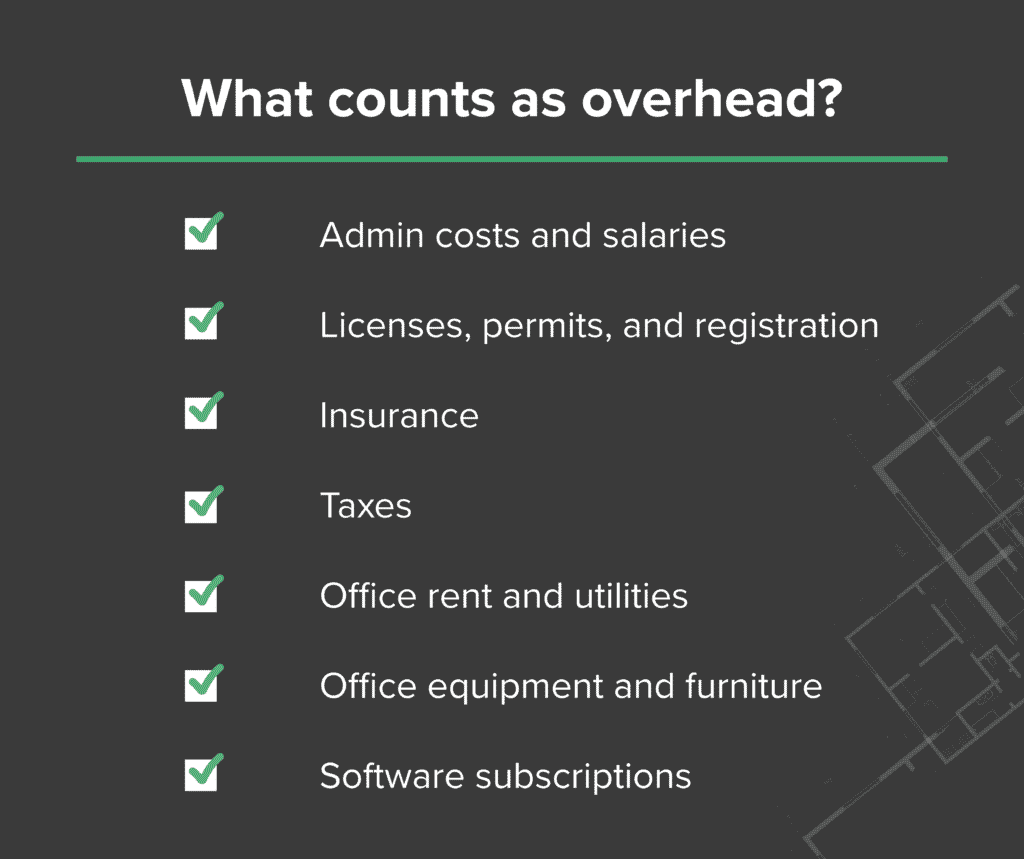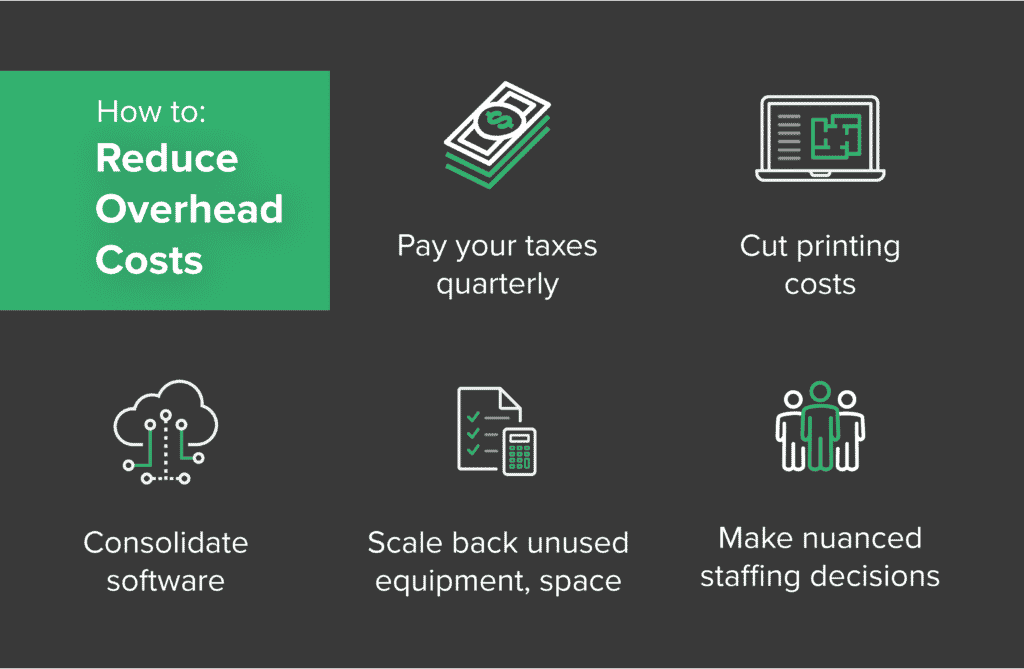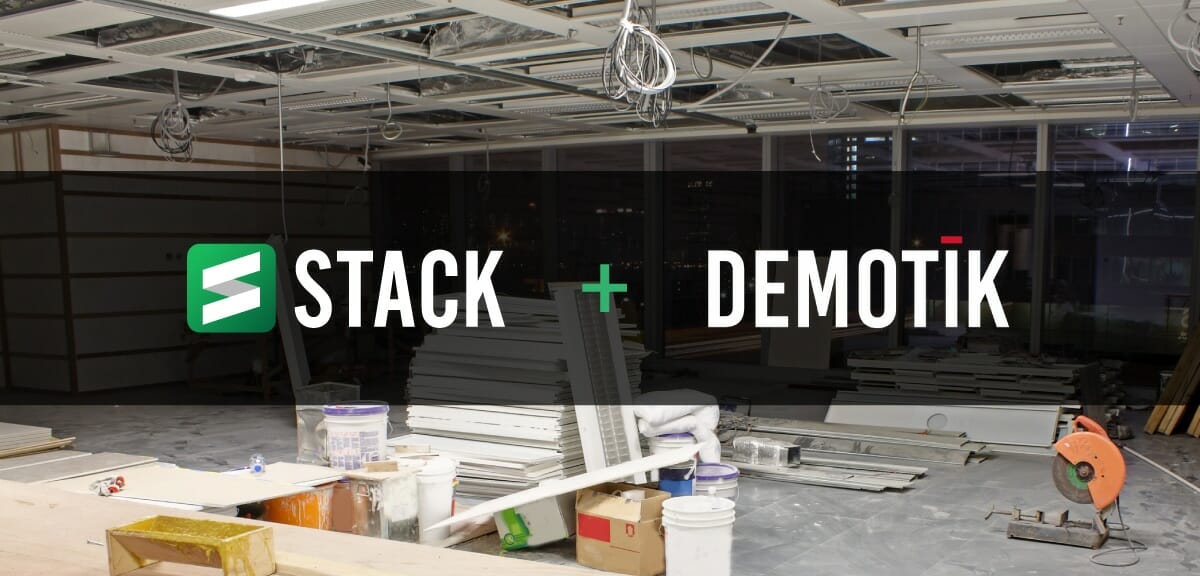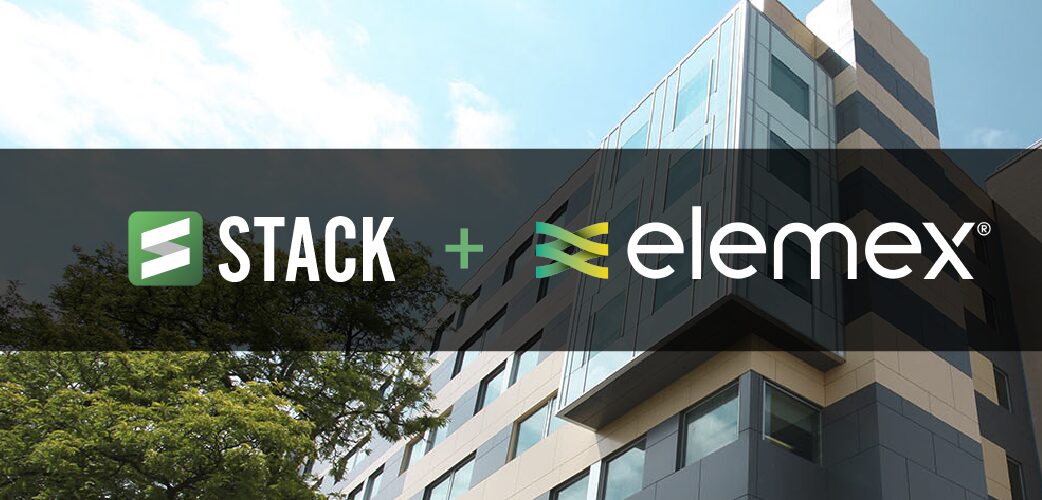
When entrepreneurs start a construction business, they tend to be thinking of the cost of materials and labor when generating estimates. And in the beginning, that’s usually correct – if you’re a contractor doing all your estimates on your own at your kitchen table after a long day in the field, you’re looking at your costs pretty accurately.
But, once you’ve grown past that point – whether you’re just starting out with a small office or you’re part of an enterprise organization – you’ve got to consider overhead costs. Overhead can creep up on you, so take this opportunity to dive in, understand it, and plan for how to make some cuts to keep your business lean.
What Counts as Overhead?
To reduce overhead, you need to first define it. Essentially, any costs associated with running your business that aren’t directly tied to field work are overhead. Think about things like:
• Admin costs: salaries for your non-construction staff (receptionists, estimators, accountants, etc.)
• Business licenses, permits, vehicle and equipment registration
• Business insurance, workers’ compensation, auto policies
• Taxes
• Rent and utilities for your office
• Office equipment like computers, phones, printers – even furniture
• Software subscriptions

How to Reduce Your Construction Overhead Costs
Examine each expense individually to determine how you might cut back without damaging operations – remember that the goal is to continue to grow and succeed, and as an established business, you can’t get overhead to zero. Only make cuts and consolidations where it’s clear they’re necessary and beneficial.
1. Pay your quarterly taxes.
As a sole proprietor or independent contractor, a quick way to cut some fees is to pay estimated quarterly taxes. Rather than one tax return in April, your business is expected to make a payment to the IRS 4 times per year. If you don’t, you could face a penalty.
Paying quarterly also helps you better project cash flow – you don’t wait until Tax Day to determine you owe Uncle Sam a significant portion of what you thought was profit.
2. Cut your printing costs.
Regular office printing can certainly add up, so looking at digital solutions for invoicing and other traditional paper tasks is helpful. Often the biggest printing cost that construction businesses face is blueprints.
There’s a good chance you’re paying a steep price to have a print shop generate large-scale prints for jobs you won’t end up winning – and when you do win, there are frequently more expenses when change orders come with revised plans.
When you’re first starting out and only bidding a few jobs a year, this might work, but it’s unsustainable and cost-prohibitive as you grow. A takeoff software platform can pay for itself after just a few jobs and it speeds up your workflow significantly, so evaluate some solutions and say goodbye to expensive paper blueprints.
3. Consolidate software platforms.
Speaking of software, do an audit of everything you subscribe to and see if there are tools out there that could replace some of your tasks for less cost. For example, are you paying for a takeoff software and a separate estimating software, and importing data from one to the other?
You could replace those two tools with a single software that does both takeoff and estimating – like STACK. As you combine tasks into fewer solutions, you also reduce the risk of introducing errors and security breaches due to transferring data.
4. Scale back unused equipment and office space.
Track how frequently you use your equipment and vehicles. If you keep a full fleet of equipment that gets used only for certain types of jobs, it might be worth it to sell some items and rent them when they’re actually needed. Registration, insurance, and maintenance on heavy equipment adds up, and its value depreciates quickly.
Similarly, are you using all the office space you pay for? You might cut down on utility costs by not renewing the lease on part of the building you don’t use or investing in more energy efficient practices if you own the space. Could your office staff go remote to cut out rent or mortgage altogether?
5. Make nuanced staffing decisions.
There are situations in which outsourcing a task is cheaper and others where having an in-house employee can save you thousands. Examine roles like bookkeeping, marketing, and maintenance.
For a small business, it may be more cost efficient to pay an agency or freelancer to execute some marketing initiatives and do the accounting and payroll. Or perhaps a go-getter at the beginning of their career could handle some of those tasks in addition to answering phones.
But for other jobs – such as maintenance and repair for heavy machinery – it could be beneficial to keep a mechanic on your payroll rather than paying a shop for expensive and unexpected repairs.
When you’re making staffing decisions, remember that while the numbers are important, it’s also crucial to weigh invisible costs: hiring and firing seemingly at random can damage your reputation as an employer and make retaining good employees harder. So, take some time to track salary-related expenses and consider those other impacts before making that call.

How Detailed Estimates Mitigate Overhead Costs
Unfortunately, you can never get rid of overhead entirely in a healthy growing business, but you can account for it in how you price jobs to help reduce the burden of indirect costs.
Acknowledge your total overhead and divide it among project estimates so each job brings in enough to cover those expenses with some profit left over.
Once you know your break-even number, it’s simple to tweak estimates as needed to get the profit you want – especially if you use a program that allows you to adjust markup by line item and visualize cost breakdowns.








